Old stories to find light in dark times
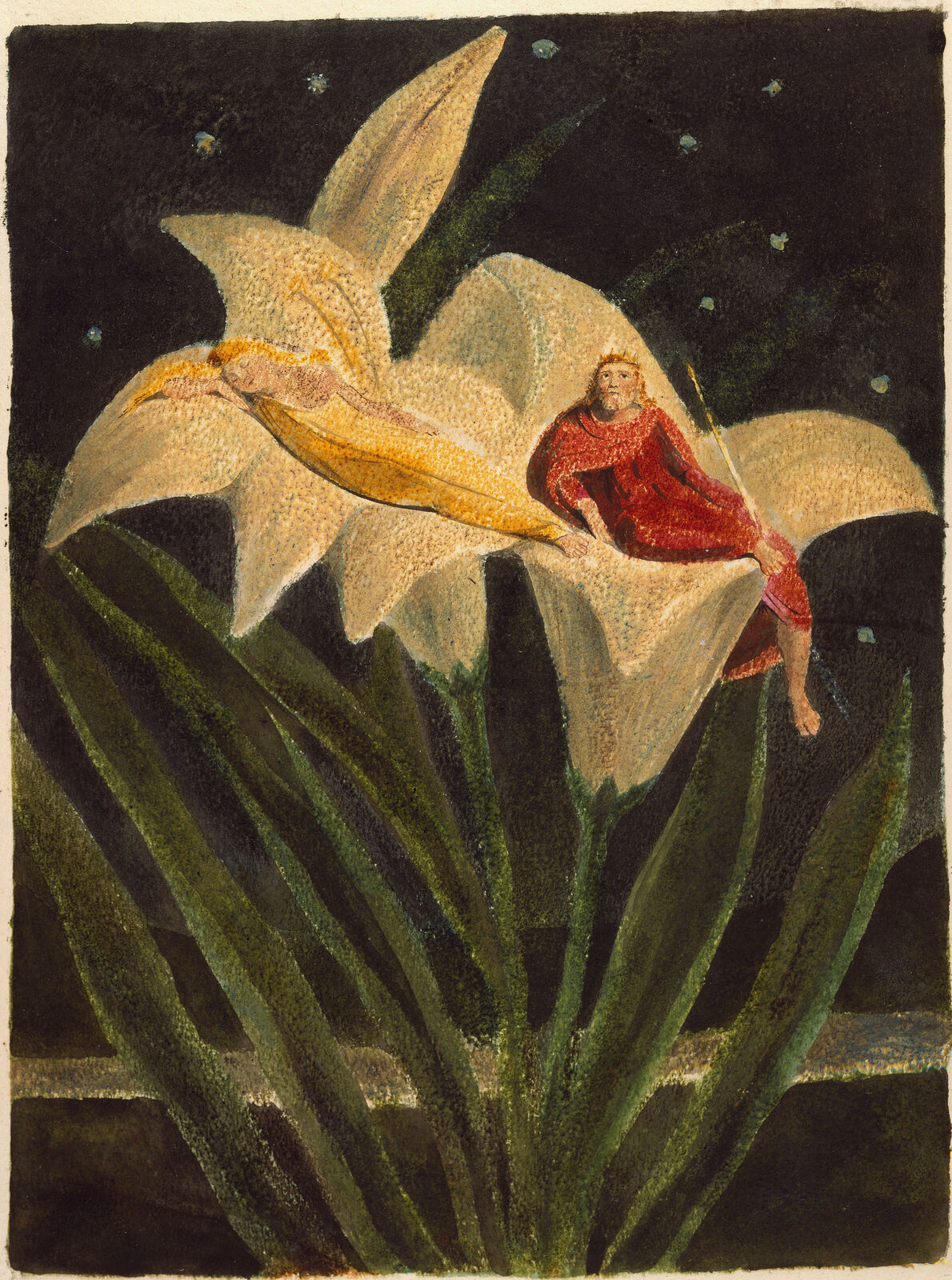
As I’m writing this, it’s the last day of Diwali. Different religions celebrate different things during Diwali – for Hindus, it’s the return of the deities Rama and Sita after exile in the forest; for Sikhs, Bandi Chhor Divas marks the release of the sixth Sikh guru from prison in 1619; and for Jains, it is the moment when Lord Mahavira – the ‘father’ of Jainism – was liberated from the eternal cycle of reincarnation into eternal bliss. Regardless of religion, it’s a festival of goodness prevailing, of light emerging from the darkness. So what better theme for this dark month?
Here in Sweden, we celebrated All Souls’ Day at the Forest Cemetery – a UNESCO site that envelopes visitors in towering ponderosa pines, reveals hidden chapels painted with murals, and feels somehow warm and welcoming in its terrene acceptance of human life and death. Here the world moves on tree-time – slowly watching generations unfold. Every year for All Souls’, visitors come and clean the graves and light candles. It’s amazing to witness whole families gathering for this occasion, and see the cemetery floor glowing with a blanket of candles.
It can be hard to find light in the dark – and this month I’ve found comfort in ancient stories, and wisdom passed down from generations. So come dive in the shadows with me…
The simplest way to enhance every morning
Every morning, Mark Nepo gets up and opens the blinds. Then he takes the dog out. Then he makes coffee. But it’s not just a morning routine: for him, it’s a sacred ritual.
“The first thing I do is I open the blinds and let light in.” He says. “The second thing I do is I care for something living – my dog. And the third thing I do is do something for someone I love – making coffee for Susan.”
It sounds so simple, so obvious to imbue mundane moments with a sweet intention. But like ink dropping into a tank of water, a small bead of thoughtfulness can change everything around it, swirling in unexpected ways, making invisible things visible. Nepo explained on the Jung in the World podcast recently:
“When I am present, those things […] make a difference in how the rest of the day unfolds. When I’m rushing and I have too many things to do […] then ritual turns to habit, and things are disconnected and chaotic. But the value of consciousness is that I can go: wait a minute, let’s back it up. I’ll actually close the blinds and say: ok, let’s start over. Let’s be present and turn the habit back into a ritual. I can open the blinds very much aware that I’m letting light in.”
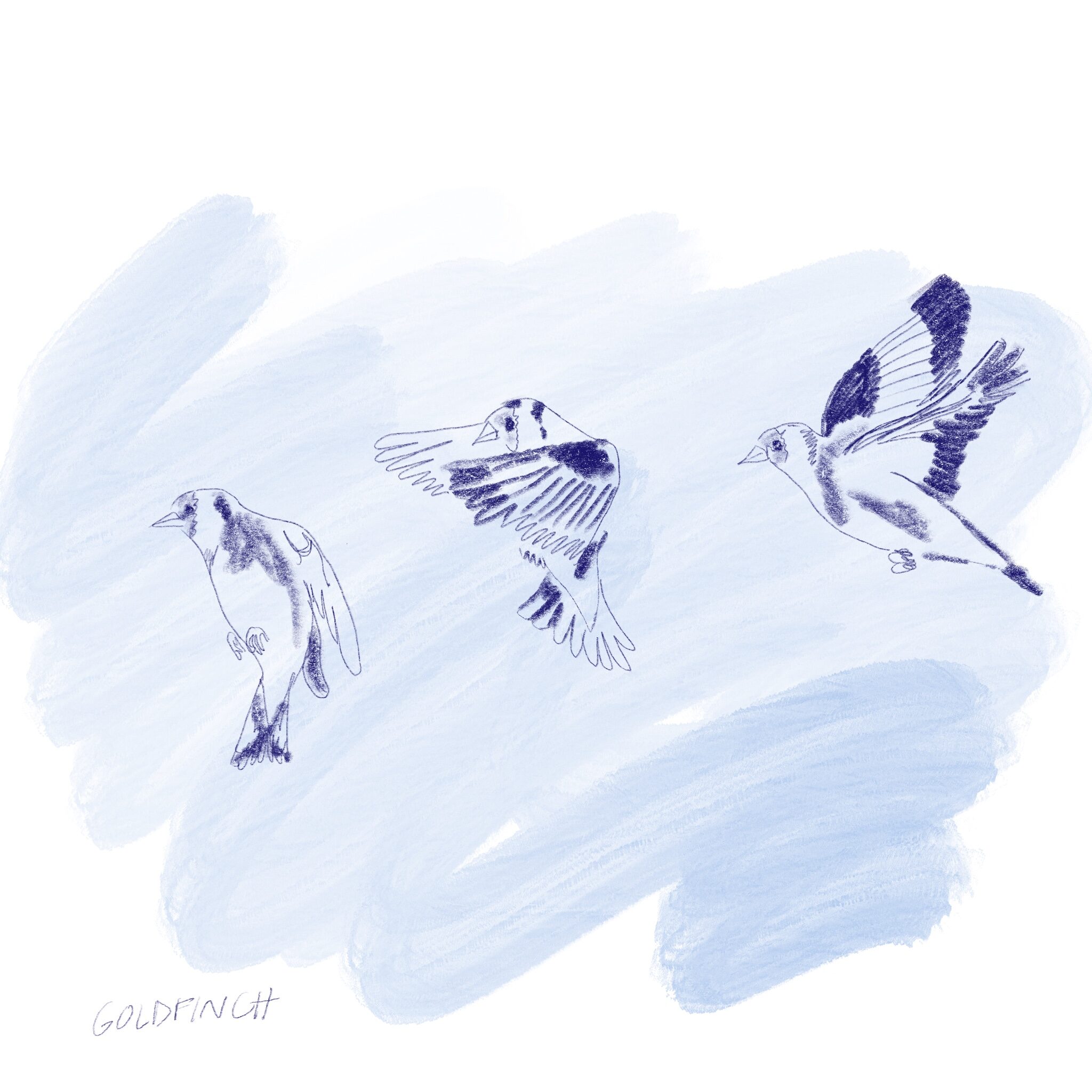
Nepo’s New York Times #1 bestselling “The Book of Awakening” has sold over a million copies, and his prolific output continues today almost 20 years after its release. In his work, Nepo calls on philosophy and wisdom from Eastern and Western traditions, and his work has a clarity and inquisitiveness that is charming and expansive. He uses terms like “wakefulness” and “arrival” instead of “enlightenment” – believing that it’s not a fixed state, but something you can engage and return to over and over again. In one interview, he quotes Leonard Cohen’s Hallelujah lyrics – “it’s not someone who has seen the light – it’s a cold and it’s a broken hallelujah” – to illustrate his take on the “is-ness” of accepting life as it is, beauty and brokenness all at once. This idea is explored tenderly and elegantly in his poem “Adrift”, which you can read further down below.
In the Jung podcast, Nepo tells the story of Indra’s Net – a story from the fourth sacred “Veda” text, and a concept used in both Buddhist and Hindu traditions. Indra’s Net is often used to illustrate the interconnectedness of all things in the universe.
The story is like this: Indra was the god of connection. In his celestial palace, he created a net to cover and contain all existence – but instead of knots holding it all together, he created jewels. In each of the jewels, the facets reflected everything back. In the philosophical teaching, each jewel represents the individual soul, and the net is the interconnectedness of reality. Changes or movements in one part of the net affect all other parts. Nepo says:
“So when I’m present and openhearted, the jewel of my heart is clear, and ritual reveals the deeper connections. But when I’m not present, then I’m not clear, and ritual turns into habit, and things seem chaotic and disconnected.”
Even if you can’t see the reflections of interconnectedness all the time, Nepo suggests, doesn’t mean that it’s not there – just as the sun still exists behind cloudy skies.
Adrift
By Mark Nepo
Everything is beautiful and I am so sad.
This is how the heart makes a duet of
wonder and grief. The light spraying
through the lace of the fern is as delicate
as the fibers of memory forming their web
around the knot in my throat. The breeze
makes the birds move from branch to branch
as this ache makes me look for those I’ve lost
in the next room, in the next song, in the laugh
of the next stranger. In the very center, under
it all, what we have that no one can take
away and all that we’ve lost face each other.
It is there that I’m adrift, feeling punctured
by a holiness that exists inside everything.
I am so sad and everything is beautiful.
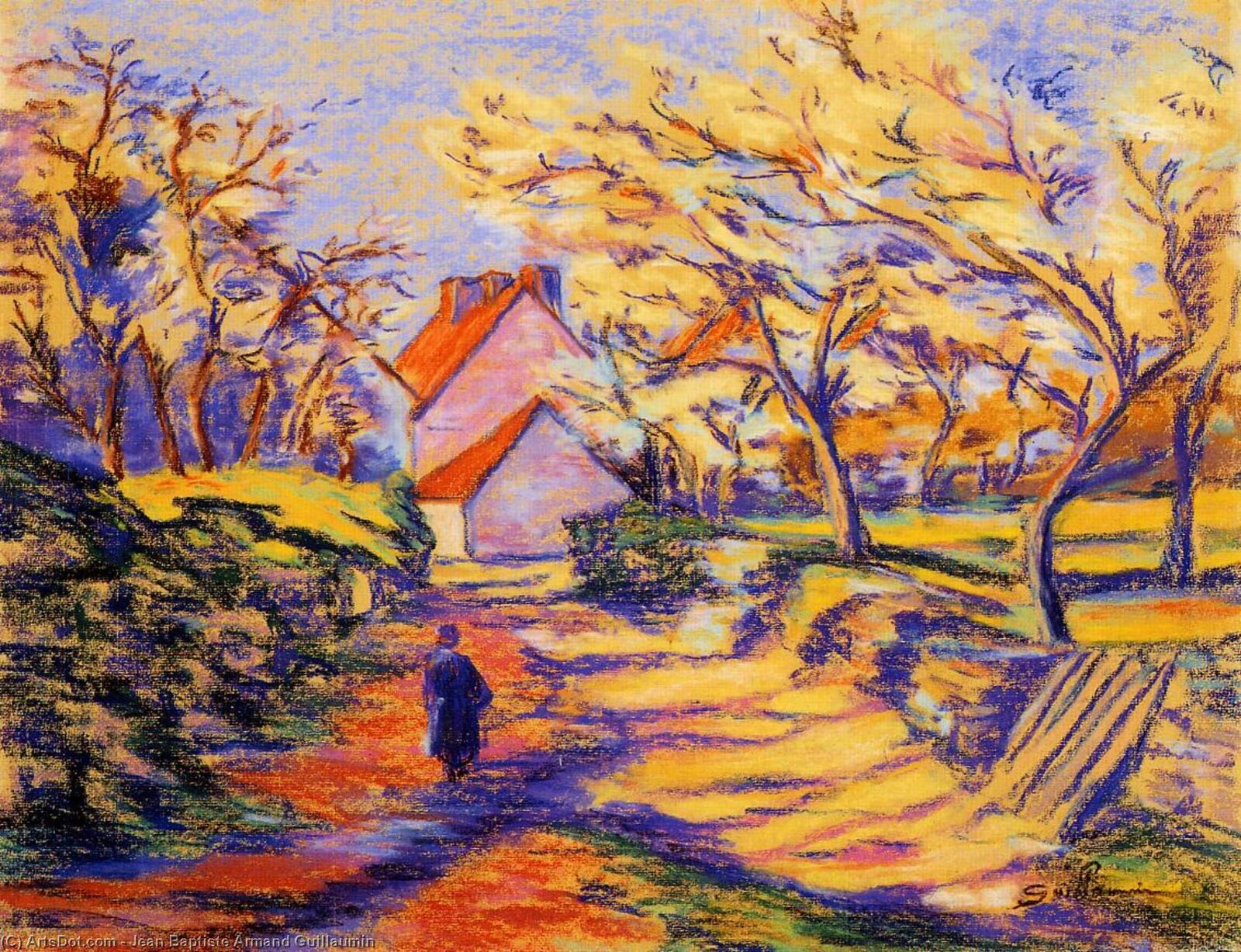
How chaos leads to order
“We’re at the end of an era,” Michael Meade said in his Living Myth podcast last month, “and things get torn apart.”
It’s always William Butler Yeats that comes up for me when people talk about chaos in this way – his swirling, apocalyptic poem “The Second Coming” begins with the lines “Turning and turning in the widening gyre / The falcon cannot hear the falconer; / things fall apart; the centre cannot hold.” It is a perfect, tense, compact chaos that Yeats conjures. At the time of writing in 1919, the zeitgeist of the post-WW1 “lost generation” was very dark. The tenderness of human life in the face of extreme violence and the disjointed feeling that the order and quaintness of Victorian and Edwardian life had slipped into distant memory was overwhelming for many, and it shows in much of the creative work of the time.
The news goes in gloomy cycles. I don’t need to list the events around the world – both far and near, local and global. We’re at the end of an era, and the feeling is chaotic. But in these times, Meade suggests, the darkness and disorder is not a sign of inevitable demise, but an invitation to find lost things – to dive in:
“Our job is to assist the Earth in coming back from the darkness. We do that by bringing things up from the unconscious, making our own lives more conscious, and enabling us to connect with things that are sacred – things that have wisdom and the power to recreate.”
Meade is a scholar of mythology and anthropology, and uses an ancient myth to help explain the idea.
The creation myth in the Vedas, thought to be about 4000 years old, begins with the god Vishnu, in an ecstatic dream state, lying on the back of a serpent who floats atop the eternal ocean. In this state, he dreams the universe, and creates another deity, Brahma, who will bring his dream to life. Brahma arrives (from Vishnu’s navel, no less) carrying the sacred Veda texts. Reading the stories from the Vedas for the first time sends Vishnu back into his ecstatic trance, and he drops the books into the ocean. A demon appears and snatches the books and secrets them into the depths. Brahma tells Vishnu it’s his fault, and he has to go and find them. So Vishnu transforms himself into an avatar of a fish and dives into the ocean. He finds the demon and a battle commences. Of course, Vishnu is victorious and returns to the surface with the books, which means Brahma can continue his process of creation.
It’s interesting, Meade says, that at the very birth of creation, this story has a moment of everything lost. Creation is not a linear start-to-finish process, it is in an eternal cycle of loss and discovery. Many creation stories include destruction, loss or chaos – not because evil demons and dramatic twists make stories more fun (though they do!) but because those are as intrinsic to existence as any bud of a flower or cry of a baby. It says: we are not in an aftermath of creation: we are in an ongoing process of renewal that will never end. From the microscopic to the cosmic: all things must pass through darkness and disorder to find light and order. Meade suggests that darkness is a vital part of the creative process – all makers descend consciously in order to find what is hidden and lost. It is an exchange – by entering the unconscious, you get to bring more things to conscious light.
“Genuine visions, creative work and wisdom come with the price of consciously entering darkness time and time again.”
Until next time…
~~~~~~
Invite your friends to subscribe!
![]() Being with dark and light
Being with dark and light![]() Don't leave!
Don't leave!![]() Unlikely meeting points & unlikely collaborations 🌗
Unlikely meeting points & unlikely collaborations 🌗![]() Sit in the middle of things 🧘♀️🪻
Sit in the middle of things 🧘♀️🪻![]() 5 things I learned at a Buddhist monastery
5 things I learned at a Buddhist monastery![]() 6 good things to do
6 good things to do![]() Extraordinary ordinariness: space orbits and sleeping dogs
Extraordinary ordinariness: space orbits and sleeping dogs![]() The ebb and flow of things
The ebb and flow of things![]() A short breath in the bardo
A short breath in the bardo![]() A slender cord of grace
A slender cord of grace![]() Artists reflect on water
Artists reflect on water![]() A love letter to a loaded gun
A love letter to a loaded gun![]() Are you for real?
Are you for real?![]() What is a good life?
What is a good life?![]() Who decides what you think?
Who decides what you think?![]() When new year should be according to history...
When new year should be according to history...![]() Does Mozart really make you smarter?
Does Mozart really make you smarter?![]() Old stories to find light in dark times
Old stories to find light in dark times![]() The human need to put things together
The human need to put things together![]() The power of trends: the good, the bad and the pumpkin-spiced.
The power of trends: the good, the bad and the pumpkin-spiced.![]() From terrestrial to celestial – where do we find inspiration?
From terrestrial to celestial – where do we find inspiration?![]() The illusion of ownership
The illusion of ownership![]() Let’s go down the rabbit hole 🐇
Let’s go down the rabbit hole 🐇![]() Identity, the artist, and #goblinmode
Identity, the artist, and #goblinmode![]() Punk and her godmothers
Punk and her godmothers![]() The ultimate journey – homecoming, heroes and wholeness.
The ultimate journey – homecoming, heroes and wholeness.![]() It’s mushroom month...
It’s mushroom month...![]() Robots, AI and artistry, oh my!
Robots, AI and artistry, oh my!![]() Longevity, love and memory...
Longevity, love and memory...![]() Summer, Freud and a sonnet...
Summer, Freud and a sonnet...![]() When surreal makes sense – exploring with Dorothea Tanning, Olga Tokaczuk and more...
When surreal makes sense – exploring with Dorothea Tanning, Olga Tokaczuk and more...![]() Twists and turns with Mary Oliver, Alan Watts and Astrid Lindgren...
Twists and turns with Mary Oliver, Alan Watts and Astrid Lindgren...![]() First flowers of spring: the need for beauty and hope at all times
First flowers of spring: the need for beauty and hope at all times![]() Defining reality, playing with illusion with Robert Frost, Hilma Af Kilnt and more...
Defining reality, playing with illusion with Robert Frost, Hilma Af Kilnt and more...![]() Celebrating the cycles of light and dark with Joan Didion, Danez Smith and more...
Celebrating the cycles of light and dark with Joan Didion, Danez Smith and more...
 Being with dark and light
Being with dark and light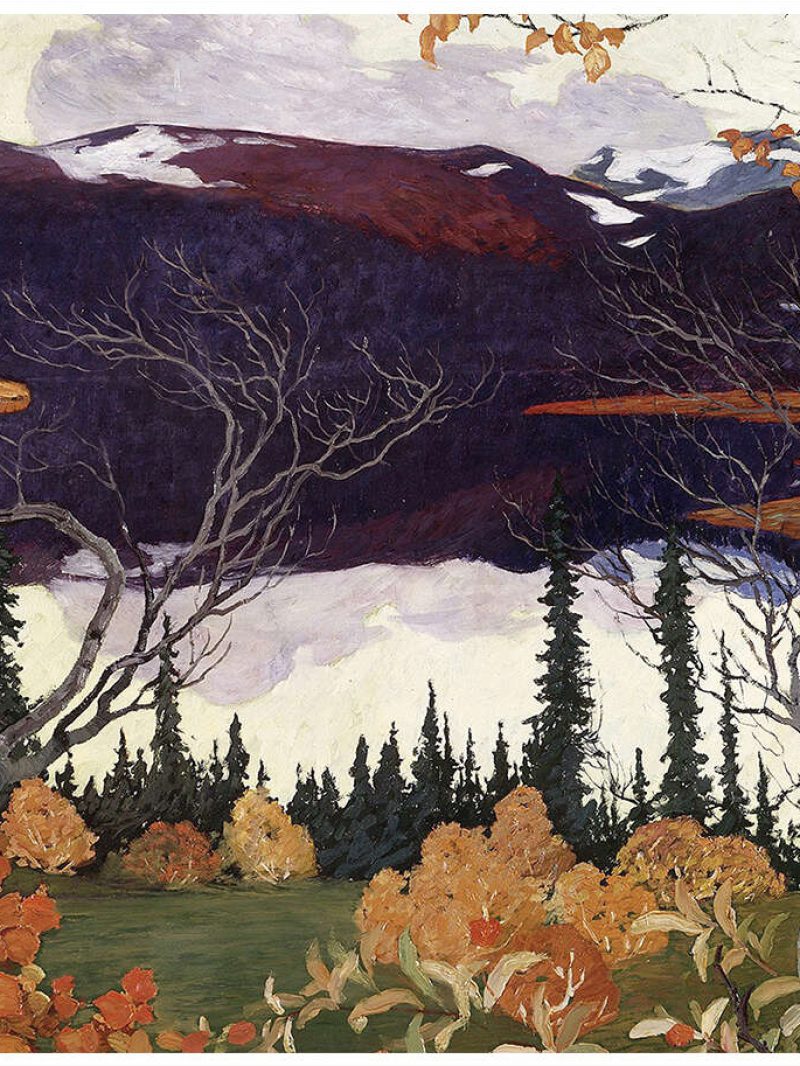 Don't leave!
Don't leave!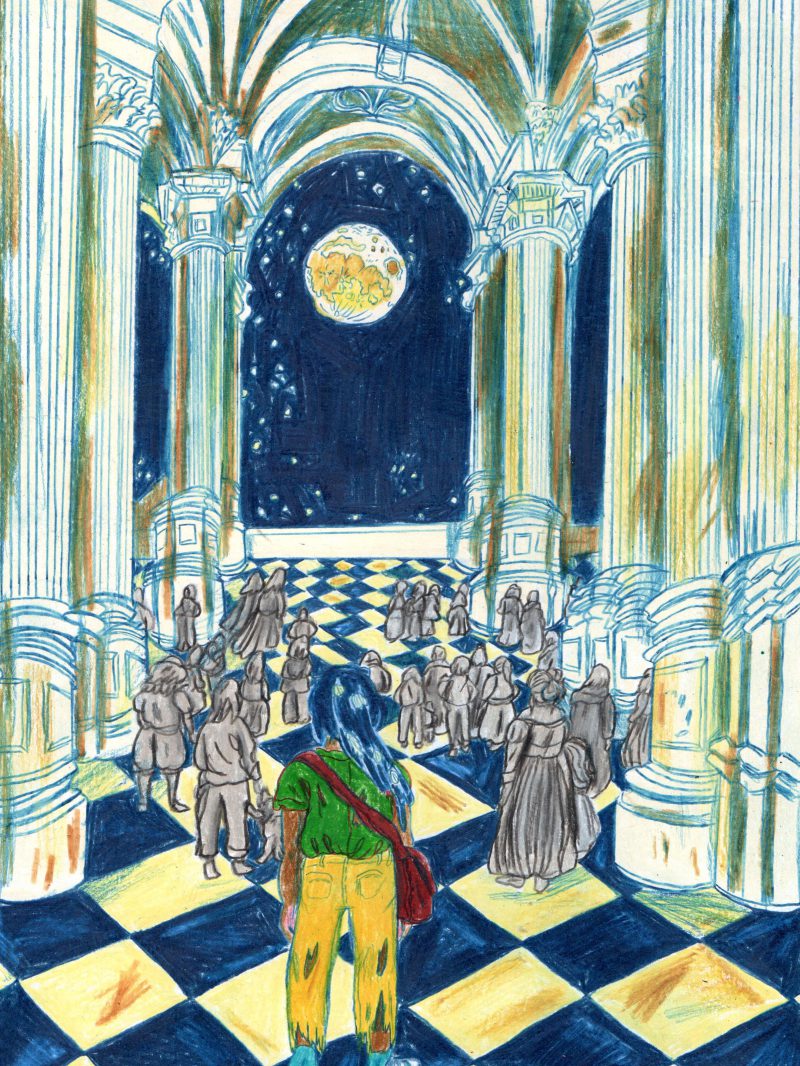 Unlikely meeting points & unlikely collaborations 🌗
Unlikely meeting points & unlikely collaborations 🌗 Sit in the middle of things 🧘♀️🪻
Sit in the middle of things 🧘♀️🪻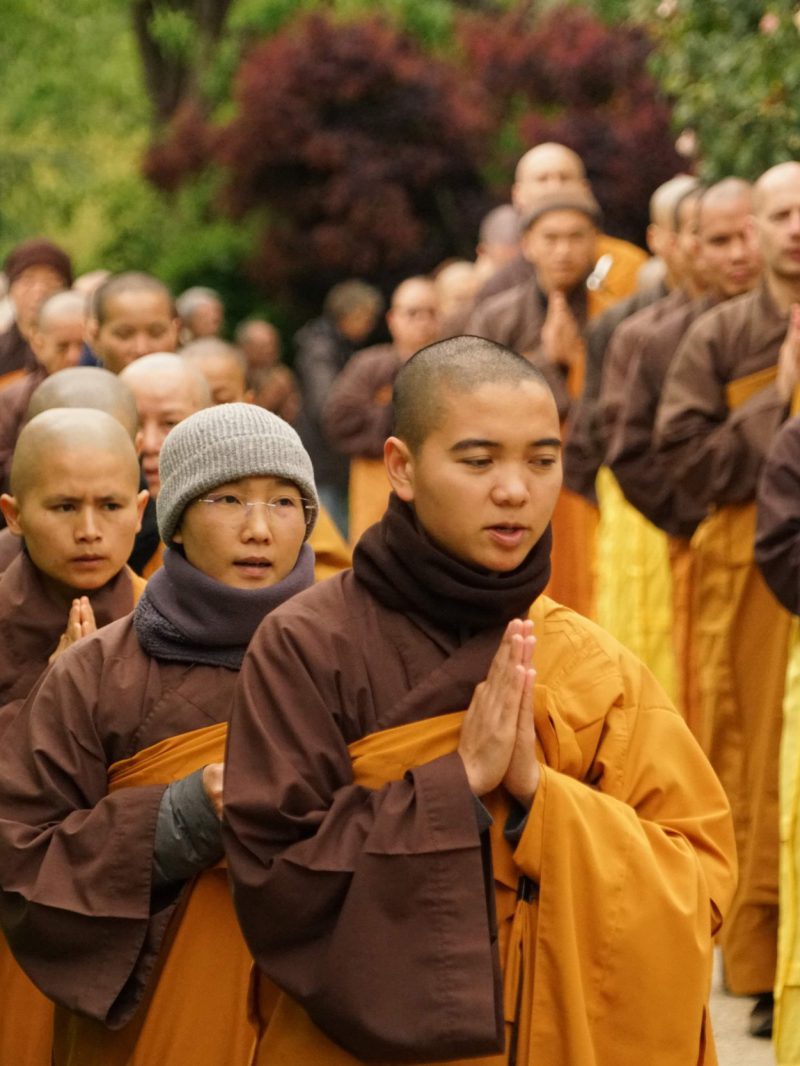 5 things I learned at a Buddhist monastery
5 things I learned at a Buddhist monastery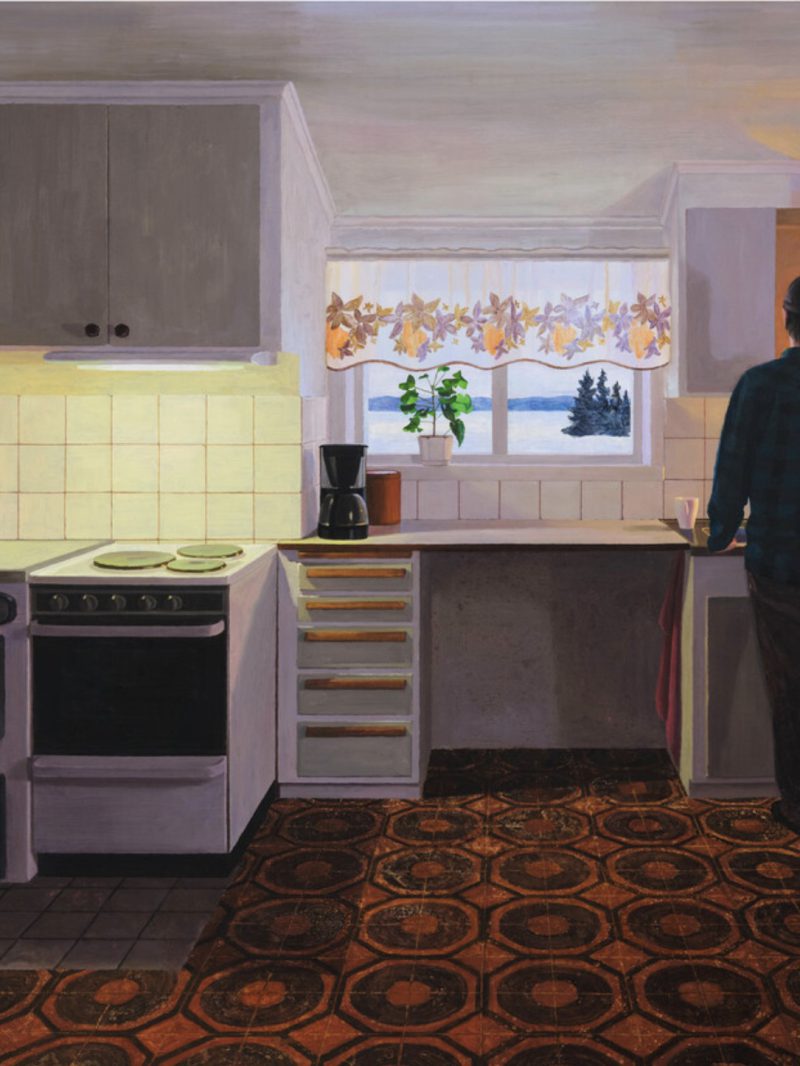 6 good things to do
6 good things to do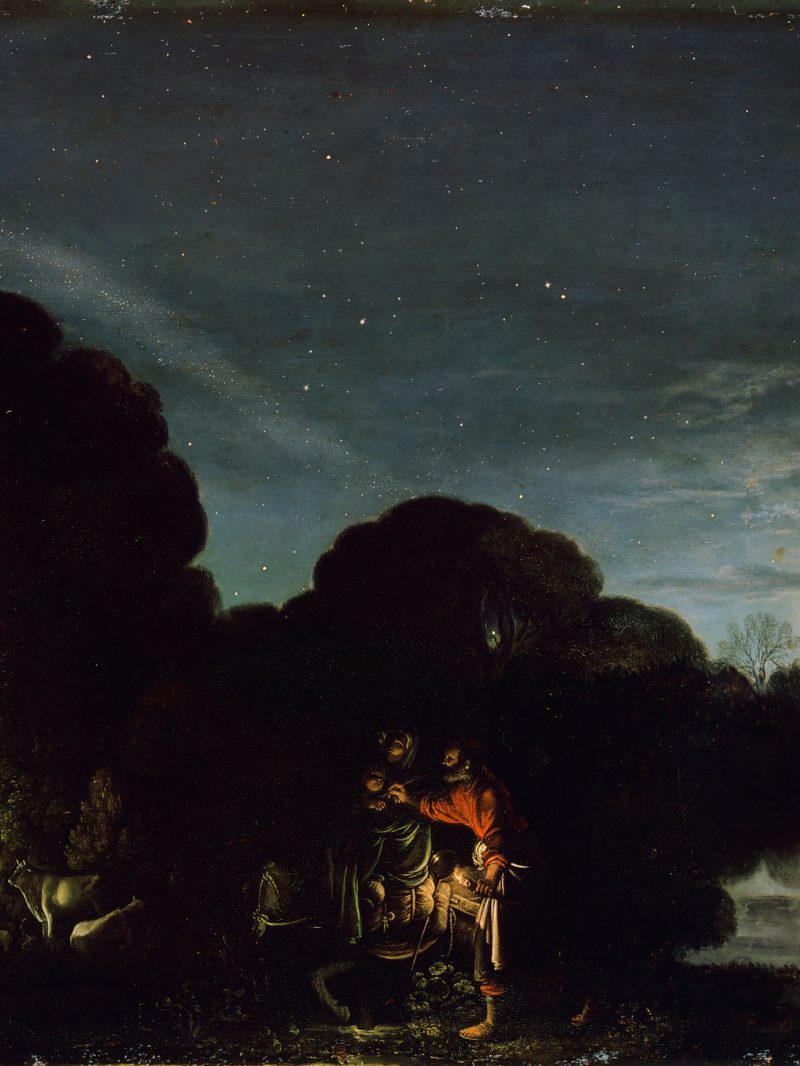 Extraordinary ordinariness: space orbits and sleeping dogs
Extraordinary ordinariness: space orbits and sleeping dogs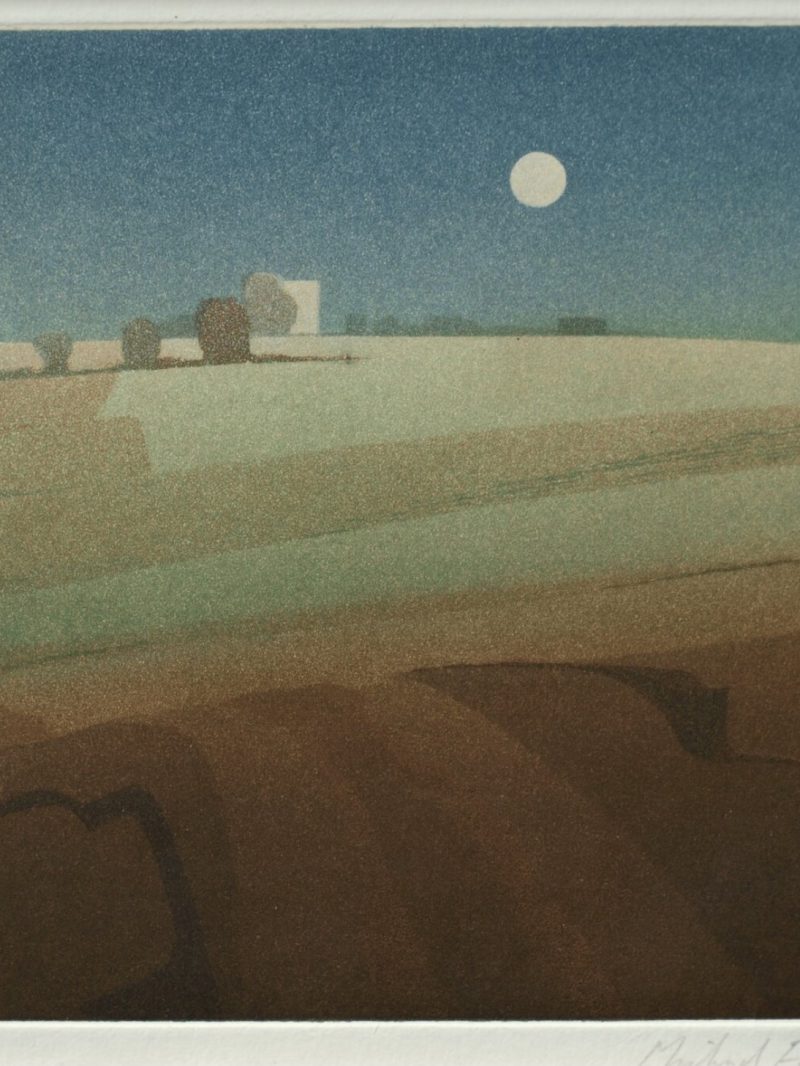 The ebb and flow of things
The ebb and flow of things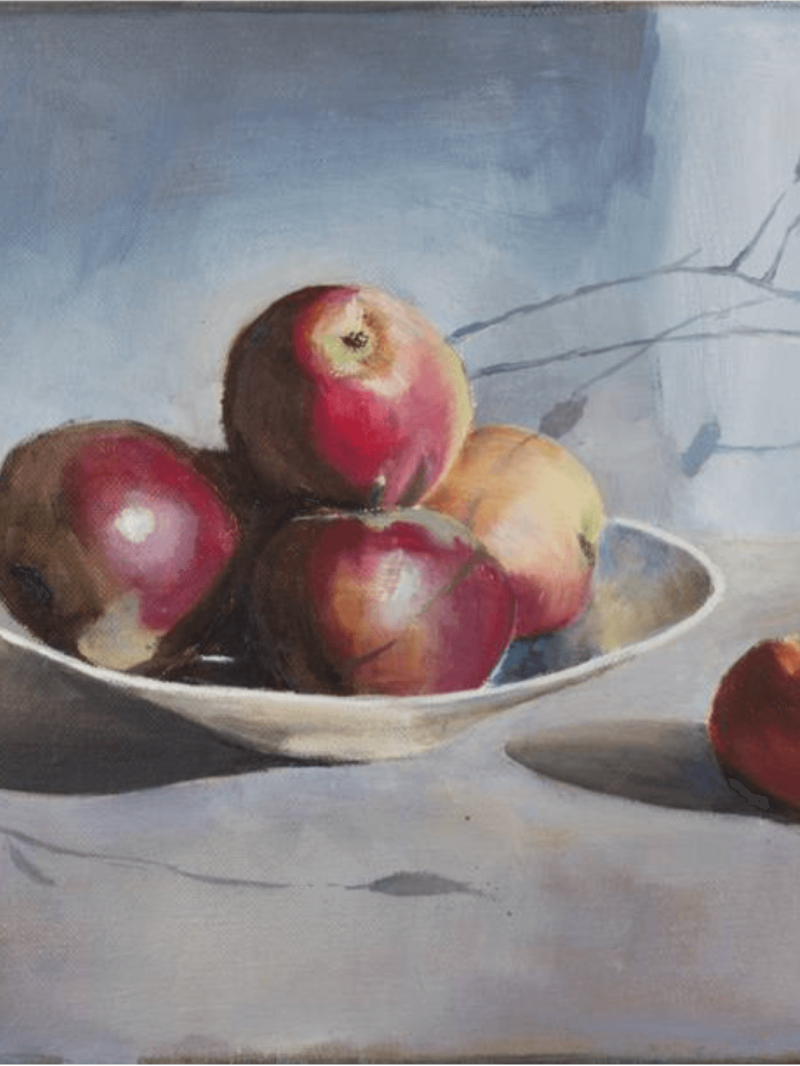 A short breath in the bardo
A short breath in the bardo A slender cord of grace
A slender cord of grace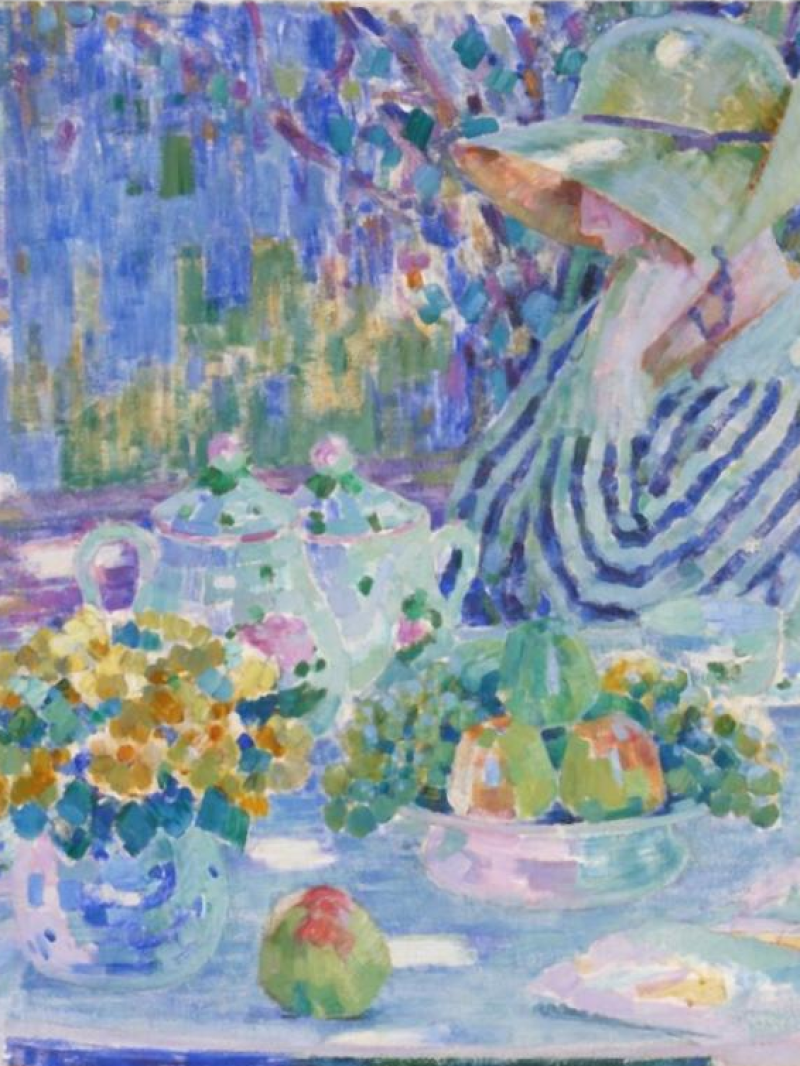 Artists reflect on water
Artists reflect on water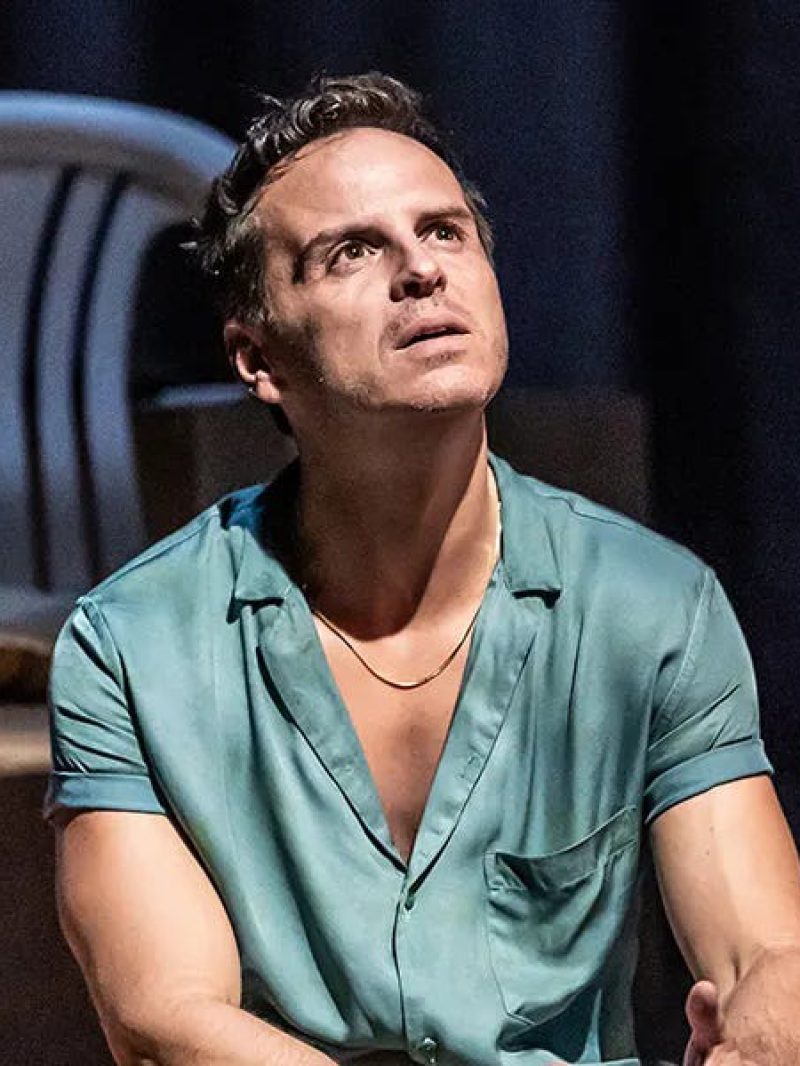 A love letter to a loaded gun
A love letter to a loaded gun Are you for real?
Are you for real?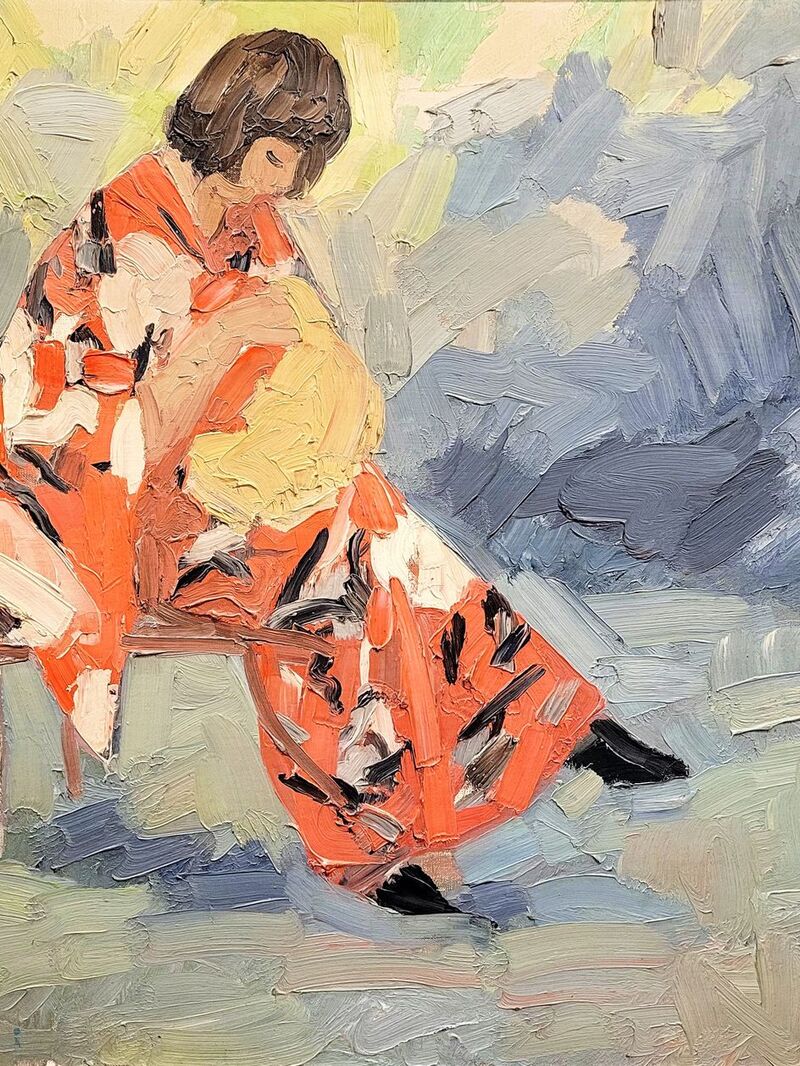 What is a good life?
What is a good life?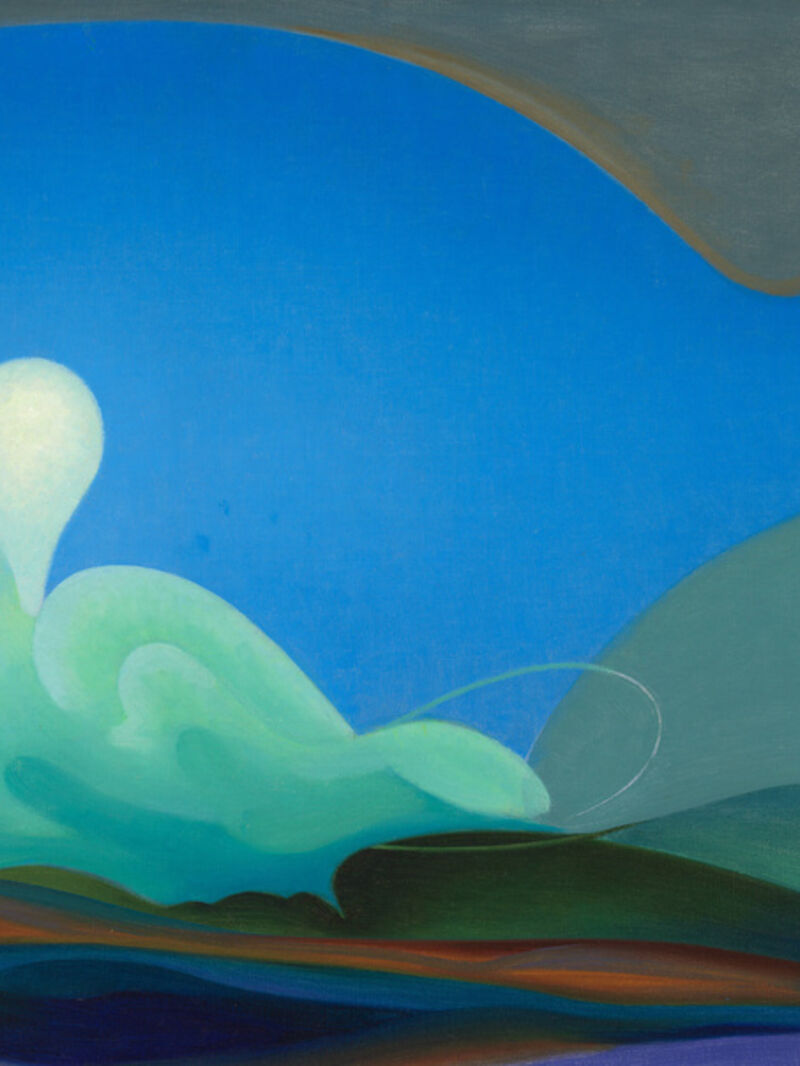 Who decides what you think?
Who decides what you think?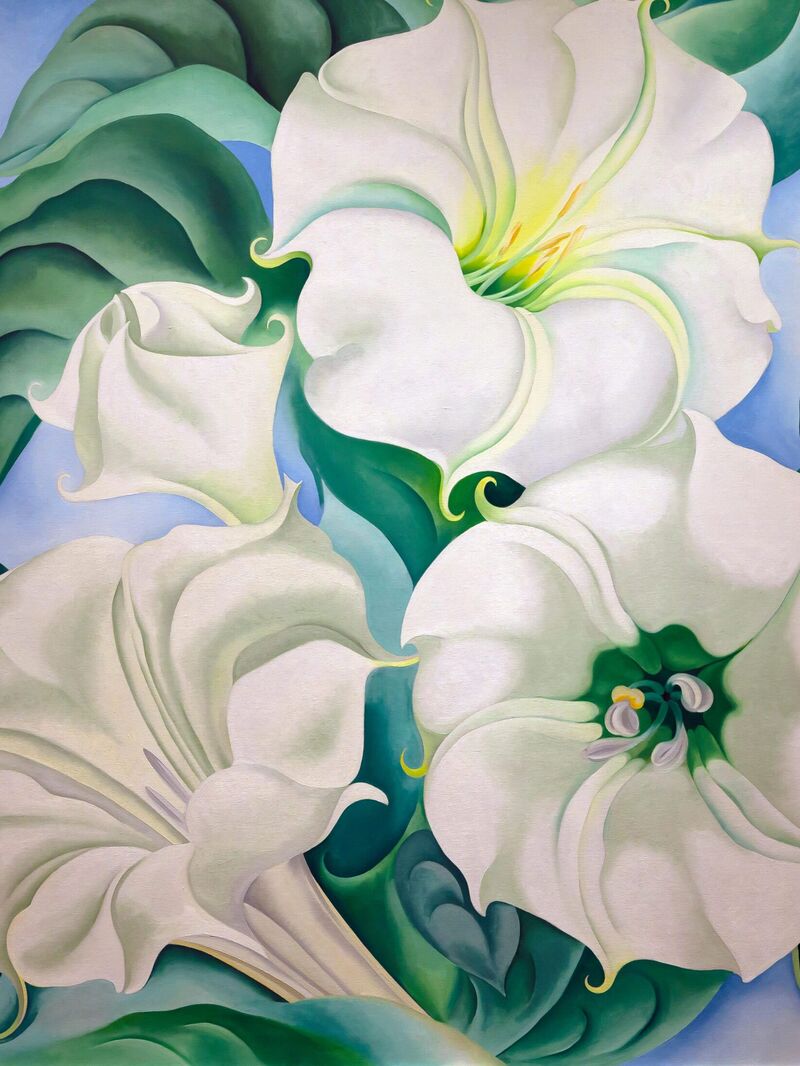 When new year should be according to history...
When new year should be according to history...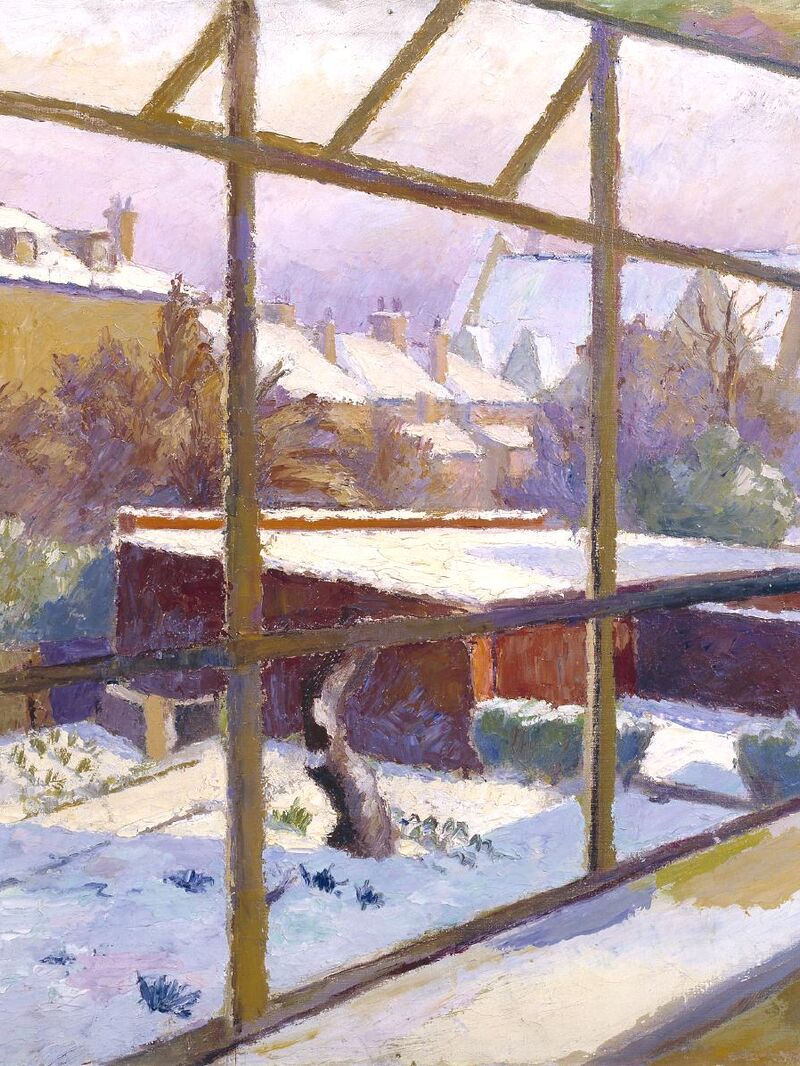 Does Mozart really make you smarter?
Does Mozart really make you smarter?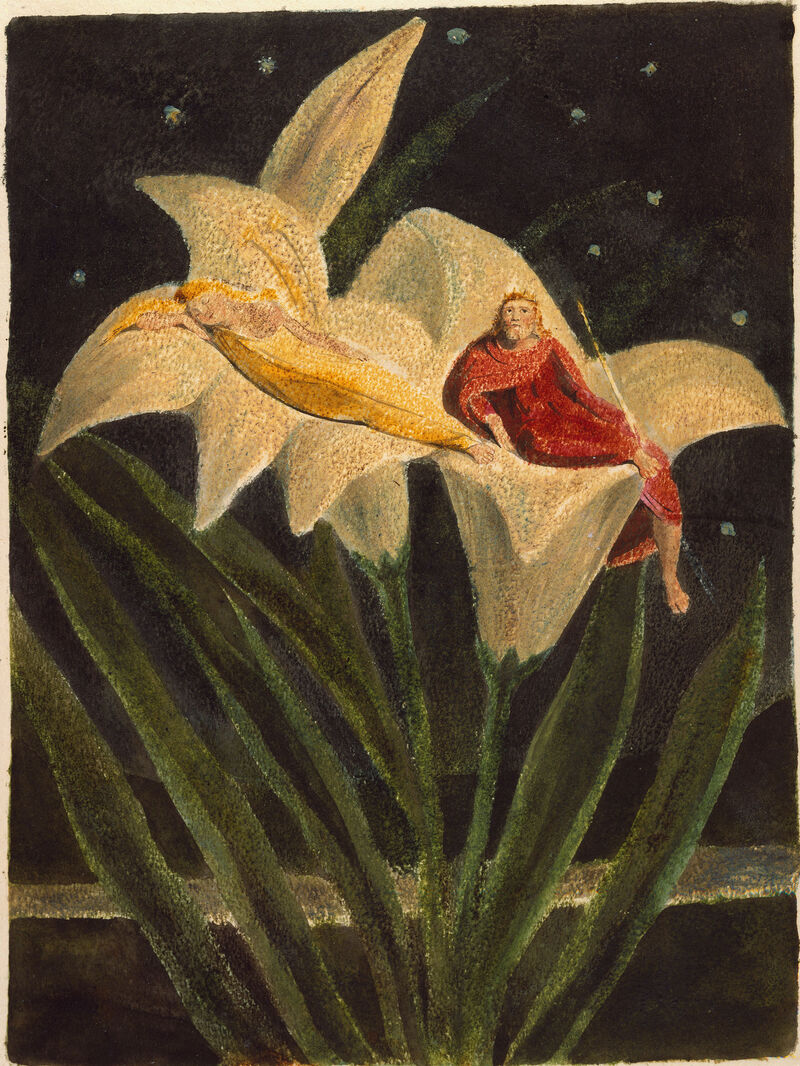 Old stories to find light in dark times
Old stories to find light in dark times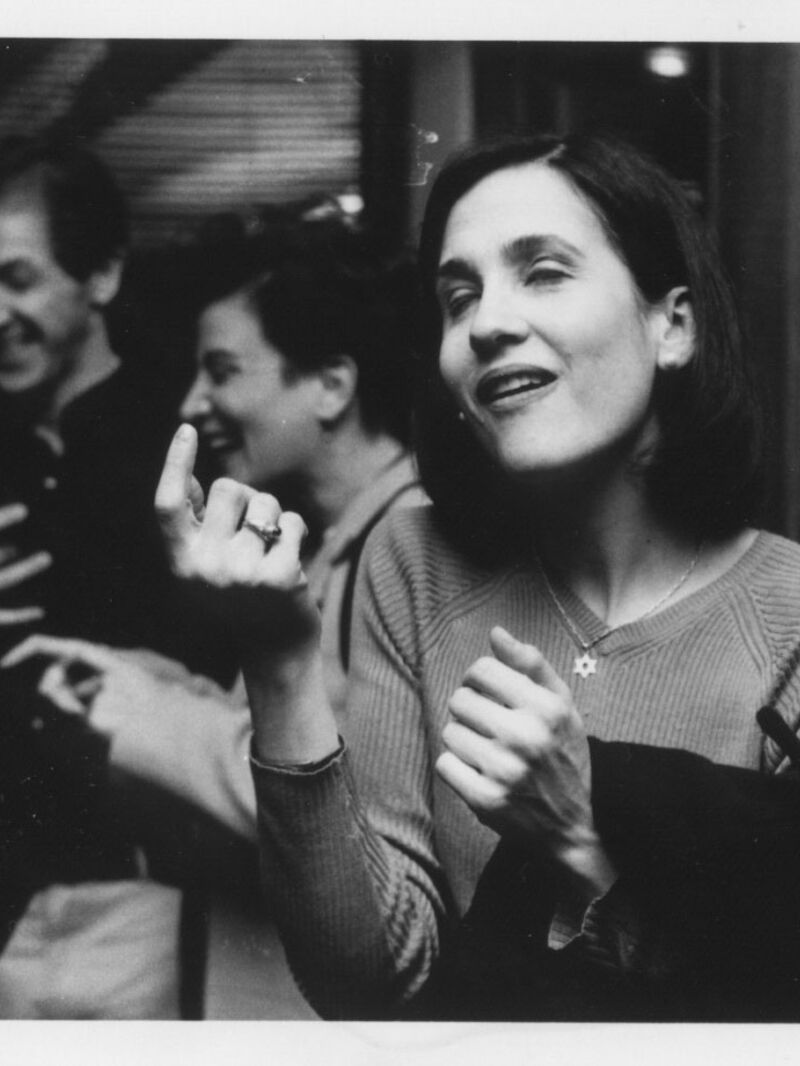 The human need to put things together
The human need to put things together The power of trends: the good, the bad and the pumpkin-spiced.
The power of trends: the good, the bad and the pumpkin-spiced. From terrestrial to celestial – where do we find inspiration?
From terrestrial to celestial – where do we find inspiration?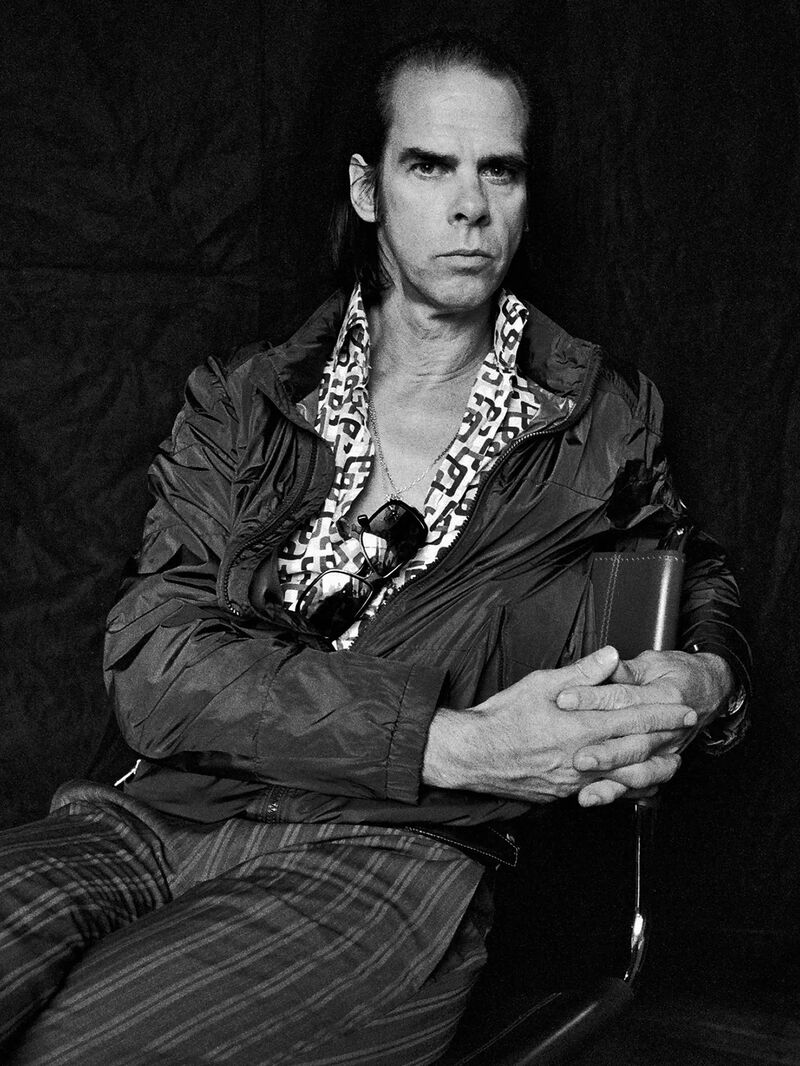 The illusion of ownership
The illusion of ownership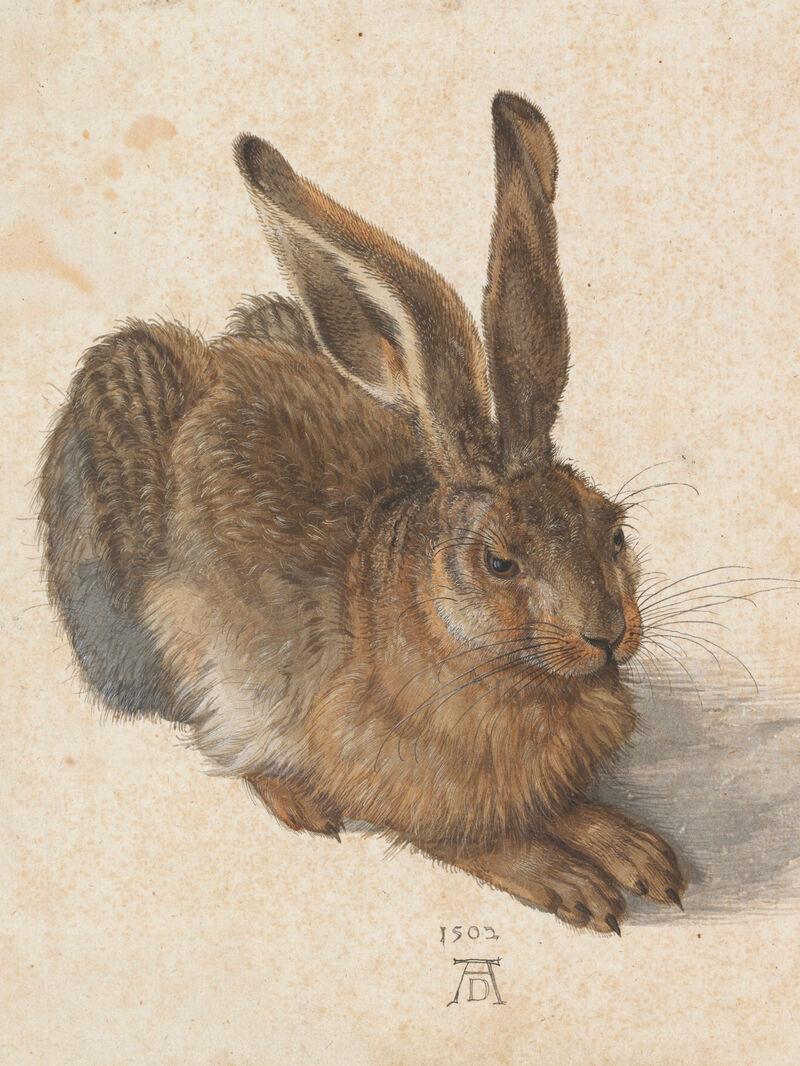 Let’s go down the rabbit hole 🐇
Let’s go down the rabbit hole 🐇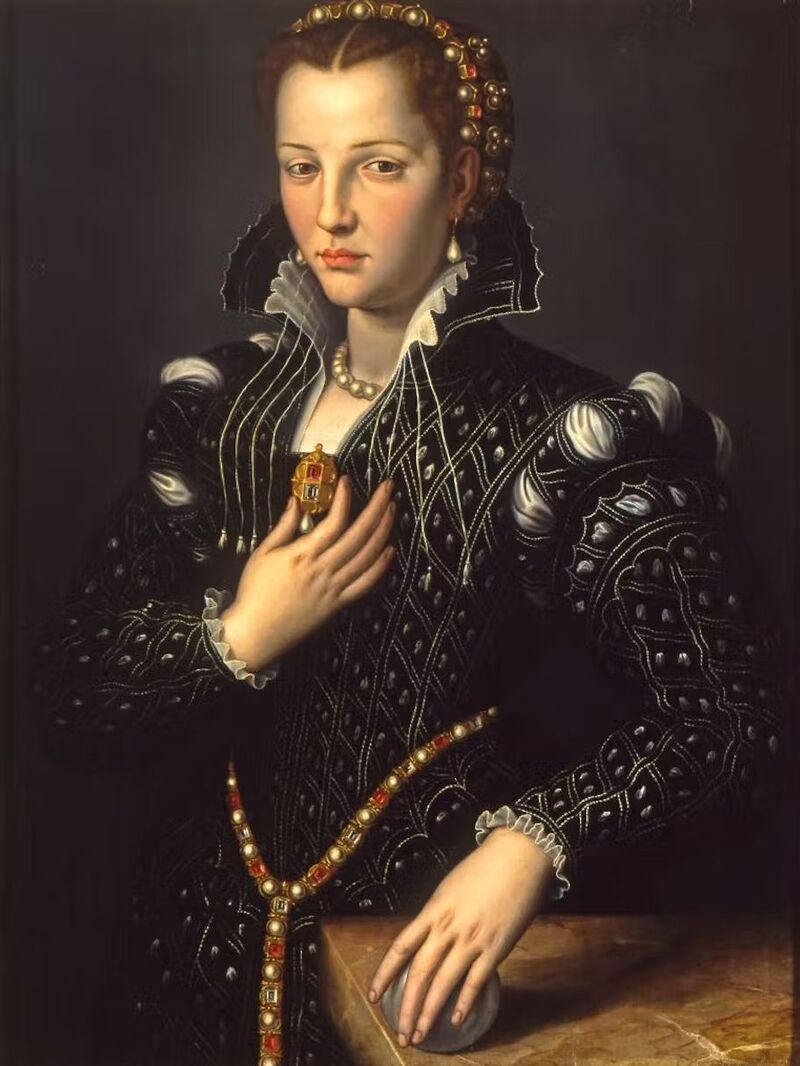 Identity, the artist, and #goblinmode
Identity, the artist, and #goblinmode Punk and her godmothers
Punk and her godmothers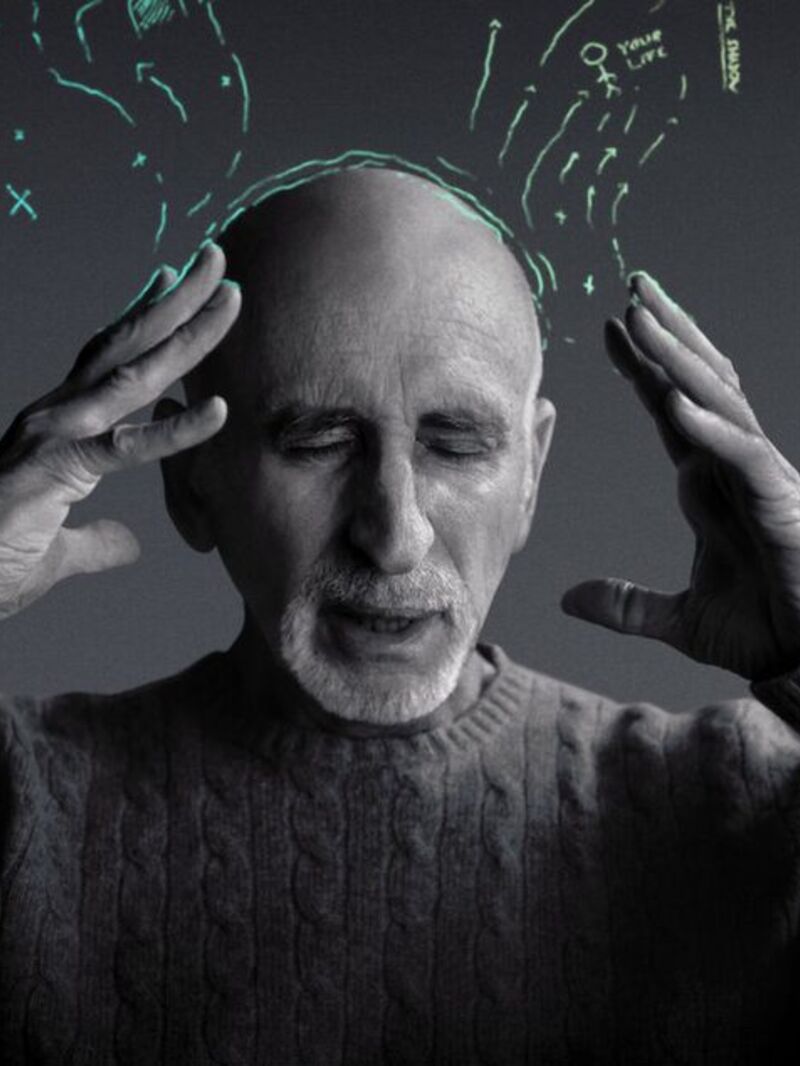 The ultimate journey – homecoming, heroes and wholeness.
The ultimate journey – homecoming, heroes and wholeness.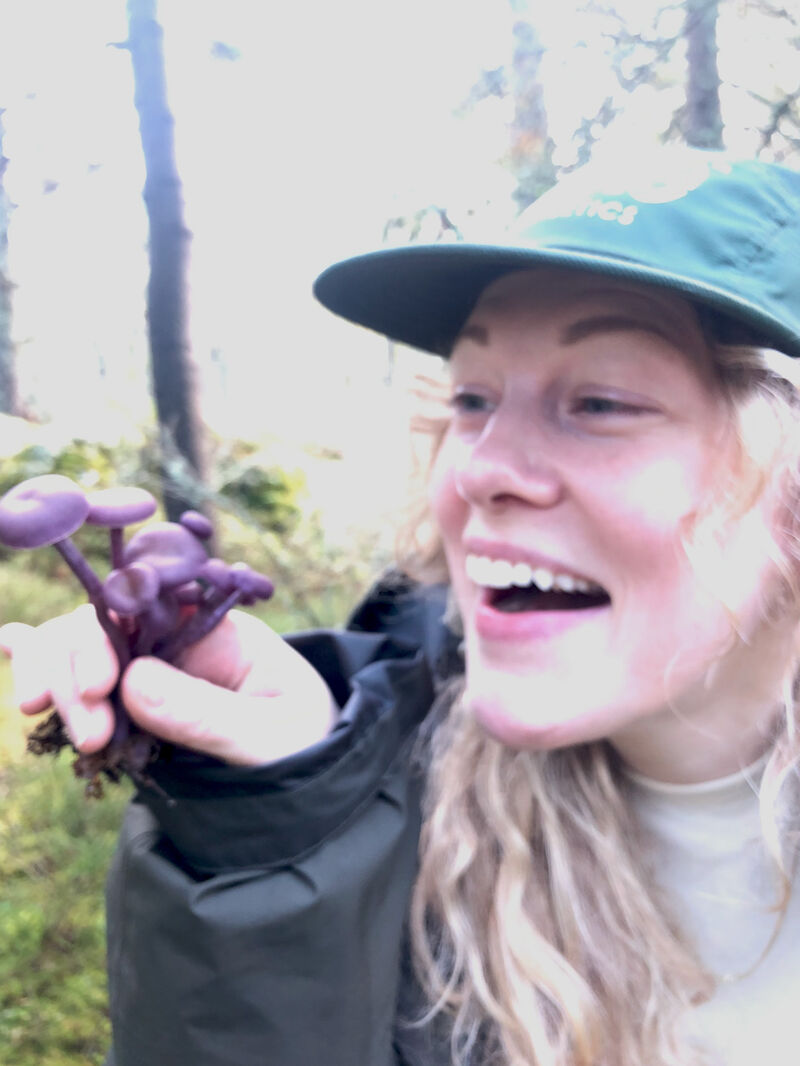 It’s mushroom month...
It’s mushroom month...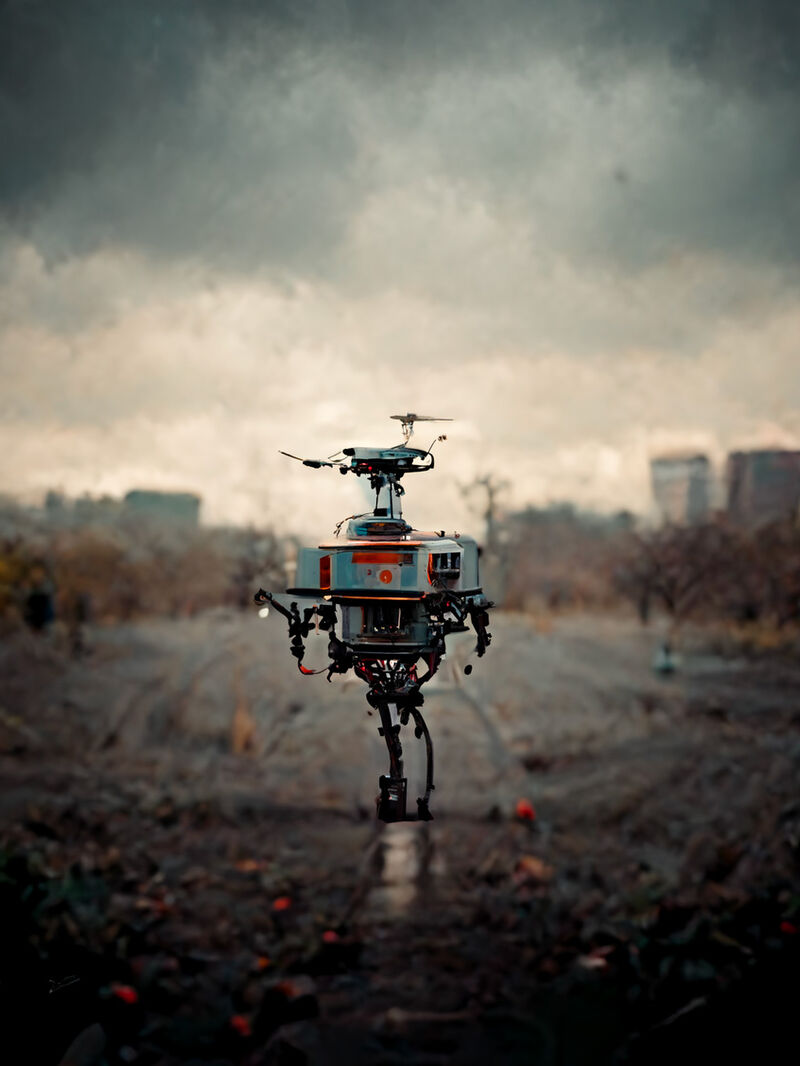 Robots, AI and artistry, oh my!
Robots, AI and artistry, oh my!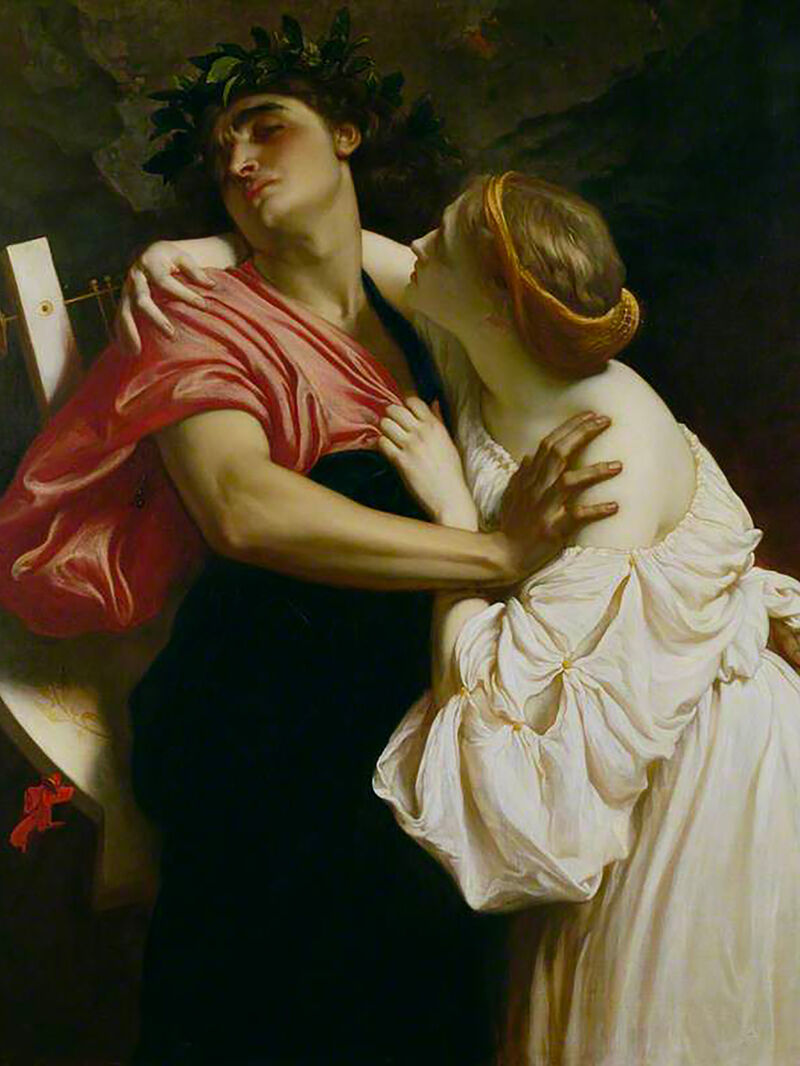 Longevity, love and memory...
Longevity, love and memory...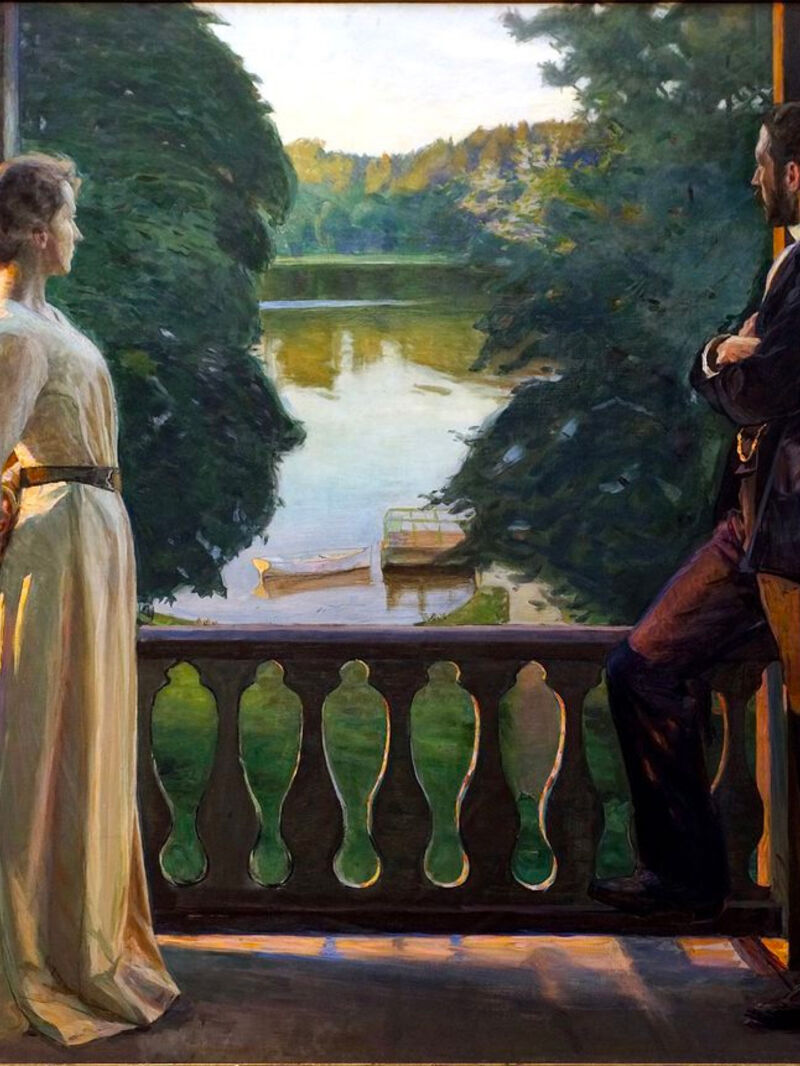 Summer, Freud and a sonnet...
Summer, Freud and a sonnet...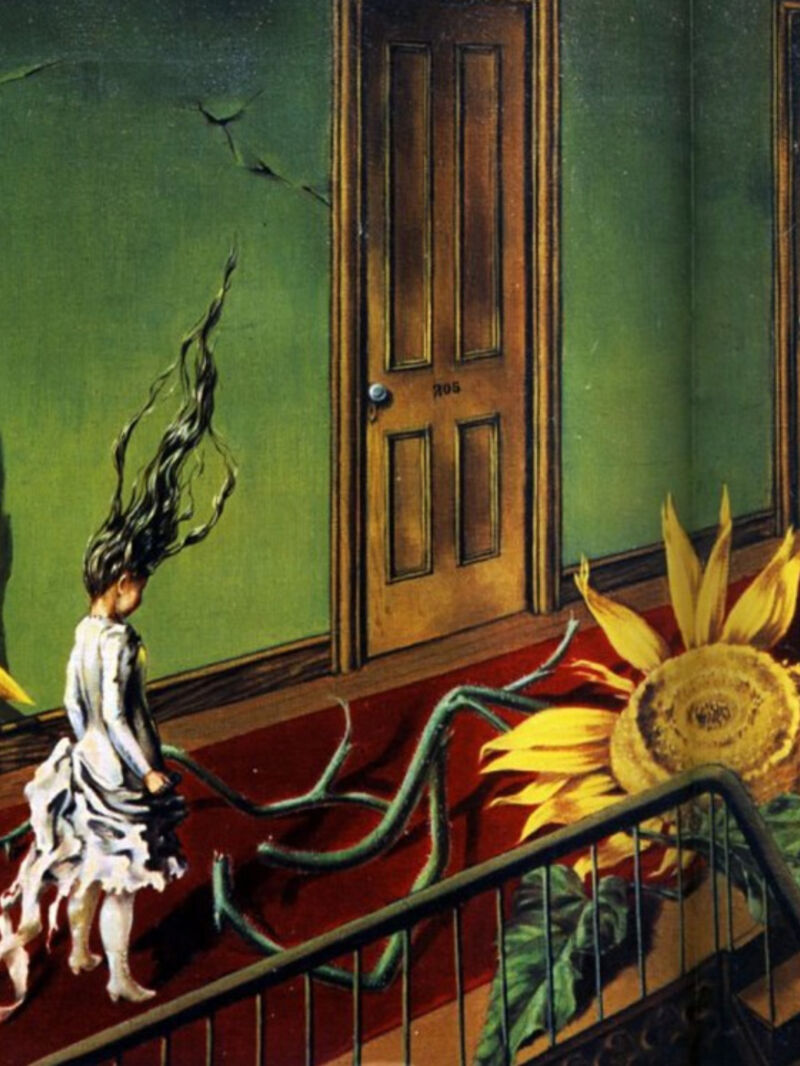 When surreal makes sense – exploring with Dorothea Tanning, Olga Tokaczuk and more...
When surreal makes sense – exploring with Dorothea Tanning, Olga Tokaczuk and more...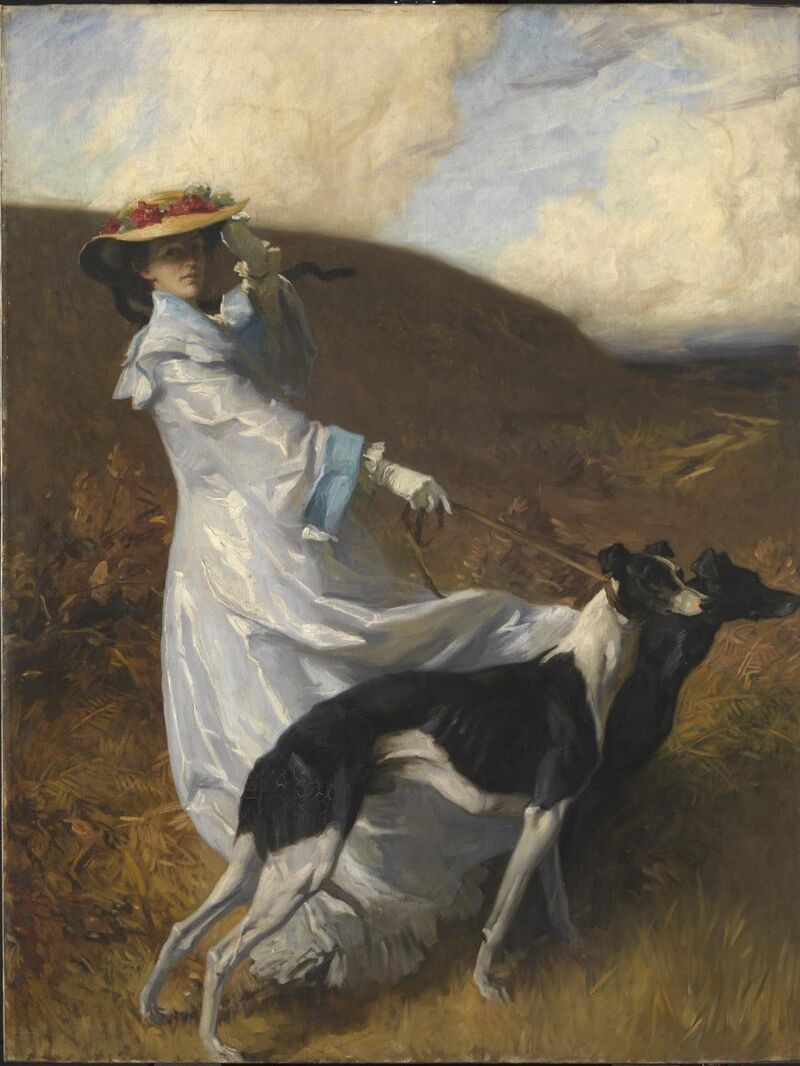 Twists and turns with Mary Oliver, Alan Watts and Astrid Lindgren...
Twists and turns with Mary Oliver, Alan Watts and Astrid Lindgren...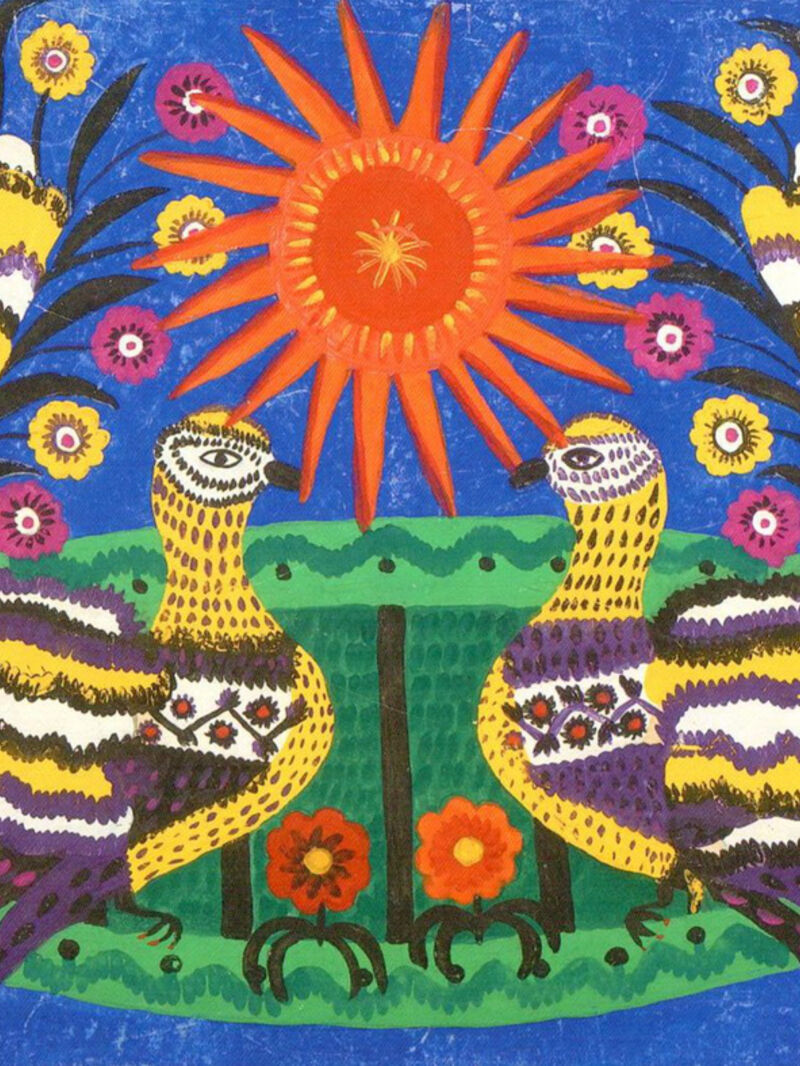 First flowers of spring: the need for beauty and hope at all times
First flowers of spring: the need for beauty and hope at all times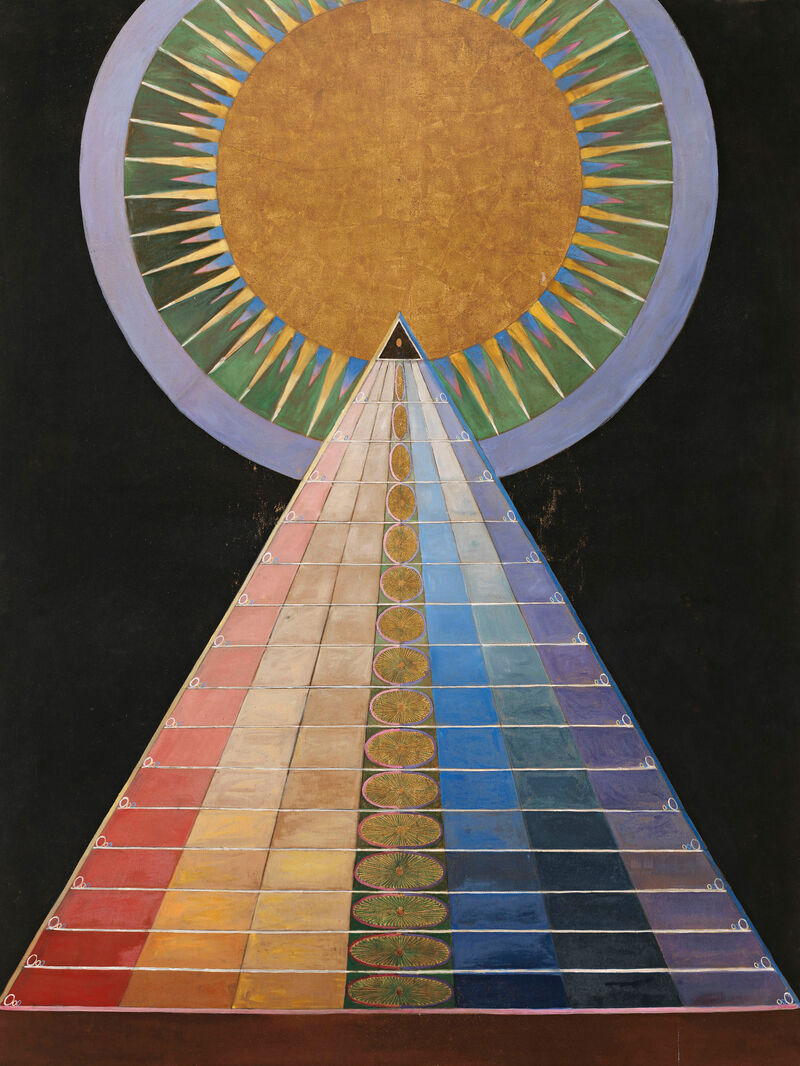 Defining reality, playing with illusion with Robert Frost, Hilma Af Kilnt and more...
Defining reality, playing with illusion with Robert Frost, Hilma Af Kilnt and more...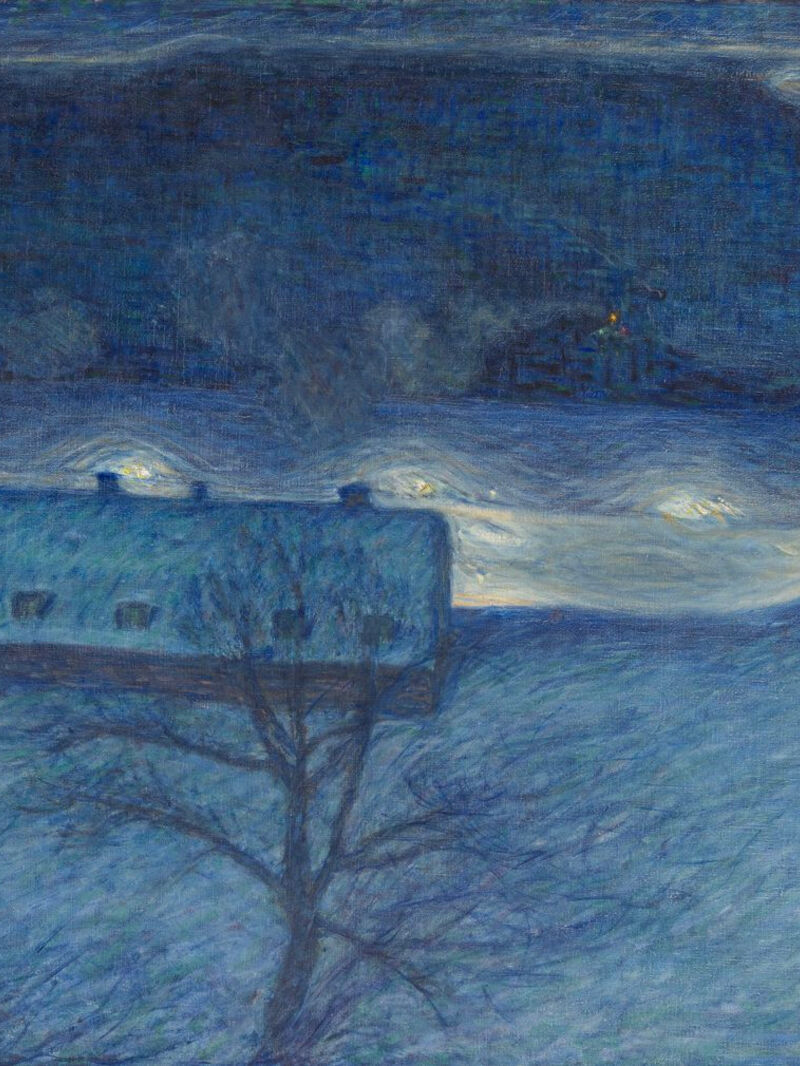 Celebrating the cycles of light and dark with Joan Didion, Danez Smith and more...
Celebrating the cycles of light and dark with Joan Didion, Danez Smith and more...